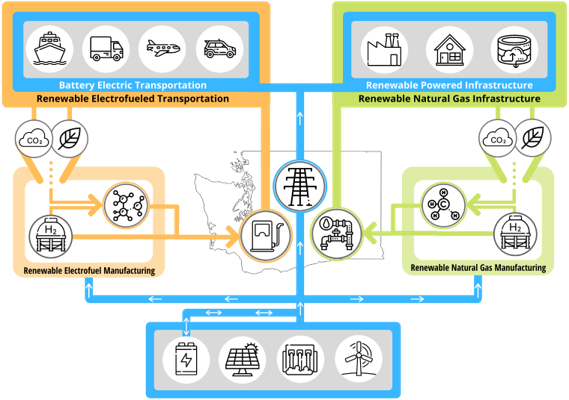The Limit of Lean
jacob.leachmanThe 7 Wastes are so closely aligned with entropy generation that Lean is the manufacturing extension of thermodynamic law.
.and I have not found a Lean Manufacturing system, even relics of the principles, anywhere on WSU’s campus.
..but modern industry requires knowledge of these core tenets.
…so it was only natural for HYPER to go Lean.
To adopt Kaizen (continuous improvement) as a core mantra.
To poka-yoke (error-proof) production processes for repetition by many others (Learn one. Do one. Teach one.).
To 6S systems until we achieve the level of safety maximized when the 7 Wastes are minimized.
To fiercely add value in the pursuit … » More …

